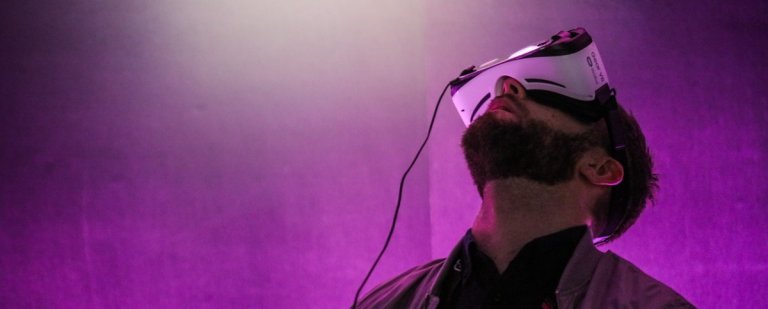
When it comes to cool EdTech, nothing beats Virtual Reality tools in the classroom. The Western University of Health Sciences has a virtual dissection table where students can learn about anatomical functions by moving layers of virtual tissue to view more than 300 anatomical visualisations. At Lehigh University, the Center for Innovation in Teaching and Learning is teaching students and faculty to use two HTC VIVE VR systems so they can employ these emerging technologies in their future classrooms.
VR is being hailed as a revolutionary tool, with up to 60 percent of US higher education institutions expected to use the technology by 2021. But new research by Cornell University serves as a caution that we shouldn’t be jumping onto the bandwagon too soon.
The use of virtual reality technology in teaching does not improve learning outcomes, but students overwhelmingly favour the tool over more traditional methods, a @Cornell study has foundhttps://t.co/c8Qe2ZJ3VX
— TimesHigherEducation (@timeshighered) March 4, 2019
Studying 172 Cornell undergraduates and their understanding of moon phases, the findings show there are no improved learning outcomes from using VR.
For the study, researchers created three Moon phase activities for three groups of students: a traditional hands-on activity, a computer-based version, and a fully-featured VR version.
In the traditional, hands-on version, the participant (the Earth) is holding a short stick with a ball on top (the Moon). A bright spotlight (the Sun) is pointed at it. Constantly holding the ball at arm’s length and spinning around mimics the illumination pattern of the Moon phases in the Sun-Earth-Moon system.
The desktop simulation version showed students realistic visualizations of the Sun, Earth and
Moon. Using the computer keyboard, they adjusted both the timing and positions.
For the VR activity, students wore the Oculus Rift head-mounted display with two hand controllers running a simulation made using the Unity game engine. What made this distinct from the desktop version was the ability to use the hand controllers to move forward or backward in time. They could also grab the Moon (via a cursor) to drag it forward or backward in orbit.
The last option sounds the coolest but researchers found “no significant difference” between the teaching methods. Students had to take a multiple-choice test before and after all three activities. The average score before the test was about 36 percent. After the test, student scores increased to about 58 percent across all three approaches.
But it was clear which method students preferred – 78 percent of participants preferred the VR activity
“We found that, even with the interactive elements, participant learning was again equivalent across conditions, and that participants overwhelmingly preferred engaging in the VR condition,” the authors wrote.
One student wrote: “Having an overall space…helps a lot. Even in class I still had a hard time understanding what they are talking about in concept. But I think I learned a lot in VR and being able to manipulate the environment on my own accord. It seems more engaging than the two other methods.”
Educators should be wary of student hype towards VR and using the technology to replace traditional teaching methods.

Beware the hype around EdTech. Source: AFP/Joël Saget
Speaking to Times Higher Education, Sam Smidt, Director of the UCL Arena Centre for Research-based Education said his institution has argued for the wider engagement of VR, championing its potential to “teach in ways, or explore concepts, that are not easily delivered in the face-to-face or computer simulation environment”. For example, a VR environment where GPs can interact with VR characters of abused children and their parents, which provides a realistic and immersive way to practise such sensitive interactions.







